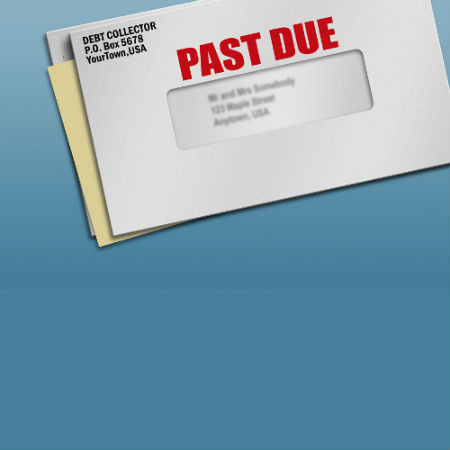How good are you at getting other people’s money? To have a successful business you need to convince customers, vendors, investors and lenders to give you their money. The last group –serve as a lifeline for millions of businesses. According to the latest research from the Federal Reserve Bank of St. Louis, U.S. business debt outstanding stands at a record high of nearly $8 trillion.
Just because there are trillions of dollars being lent to businesses doesn’t mean that it’s easy to get a loan or line of credit. Even if you aren’t shut out of the credit market entirely your business may have to pay higher interest rates or agree to very strict conditions on how to run your business will the loan is outstanding. That’s why owners need to prepare themselves before applying. The steps below represent the broad strokes of what needs to be done to establish your business credit. It takes time so be prepared to start as soon as possible.
Step 1: Get Your Own House in Order First
If your business doesn’t have a credit profile yet then most business lending decisions will be tied to your personal credit. Even after you establish your business credit this could still be an important decision-making point for lenders so it’s always important to ensure that your personal credit record is accurate and in the best shape possible. Use www.annualcreditreport.com to review your personal credit records from Experian, Equifax and Transunion for free. Follow their procedures for correcting errors and attaching your response to negative items that can’t be removed. Pay down existing debt on a timely basis and never consume 100 percent of your borrowing capacity. Include a healthy mix of revolving lines of credit (like credit cards) and term loans (like car loans).
Step 2: Perform a Corporate Cleanup
If you want your business to have a credit record separate from your personal one then you must legally separate the two. The business needs to be established as a Corporation, Limited Liability Company or other legal entity. A sole proprietorship or partnership by definition is not distinct from its owner and there can’t have a separate credit record. Your business should also have an Employer Identification Number and a DUNS number issued by Dun and Bradstreet. Companies that serve or plan to serve as government contractors can obtain a DUNS for free. Your company should have banking accounts under the company name and funds should never be comingled. It’s important that both in theory and practice your business remains a distinct entity from you. Finally you should setup business profiles with Dun and Bradstreet and Experian.
Step 3: Ask Your Suppliers to Help
Your suppliers can play a critical role in helping your business establish and improve your credit. First ask them to provide credit terms on your future business. As your business pays its invoices on a timely basis ask the vendors to report those timely payments to Dun and Bradstreet to ensure that your company is given credit for it. Over time – and after paying on time consistently – ask your vendors to increase the credit limits they have provided. Showing growth over time is important from a credit point of view and also improves your business’ working capital.
Step 4: Apply for Credit when You Don’t Need It
This may seem counter-intuitive but the worst time to apply for business credit is when your business really needs it. Lenders succeed or fail on their ability to assess risk and avoid too much of it. They will evaluate your company based on its ability to pay back the loan or line of credit without delay. A business having a cash flow shortage, or that needs to pay a large unexpected expense (like a legal settlement) doesn’t represent a good risk. The fact that they need the financing sends a signal that the owners did not properly manage for the unexpected. Apply when your company is having a great year and you can do just fine without the financing.
Exclusive offer for my readers: If you’d like to learn more about building your business credit sign up for my new building business credit course. It’s free!
